As of 2023, over 80 countries around the world have had their own satellites in Earth’s orbit. However, not all of them belong to the exclusive club of nations capable of launching payloads into space on their own. This club, whose members are able to independently launch payloads into space (requiring their own launch vehicle and spaceport), includes only a select few countries. At present this club consists of eight countries, the European Space Agency, and several private companies. If you look at the list, you’ll notice that they are all representatives of the Northern Hemisphere.
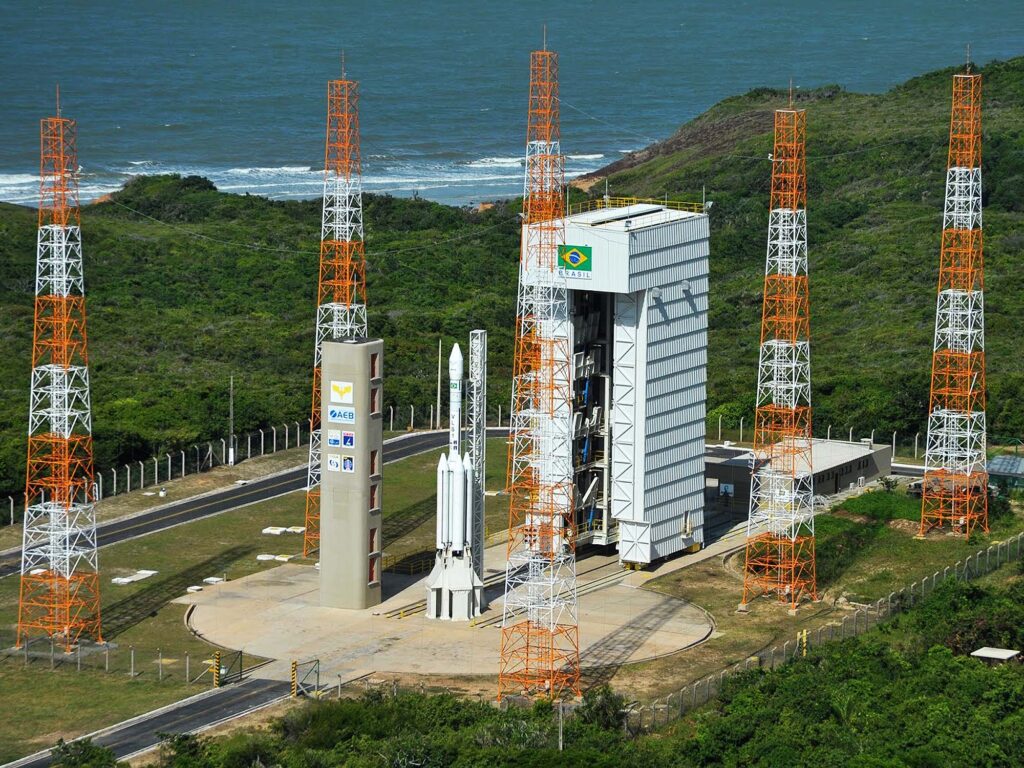
Meanwhile one Southern Hemisphere country once had a really good chance to enter into that list too. Brazil, at one point, had ambitious space plans. However, an explosion at the Alcântara Spaceport in 2003 set off a chain of events that essentially put an end to those bright prospects. Today, we will delve into the little-known catastrophe that halted Brazil’s space program for decades.
Birth of the Brazilian Space Program
In the early 1960s, Brazil established the Foundational Group for the National Committee for Space Activities, which dealt with matters related to space exploration. Soon after, the country set up a space physics observatory, followed by the National Institute for Space Research. In 1965, the first launch center, Barreira do Inferno, became operational. It hosted American and Canadian geophysical rockets, and two years later, Brazil developed its national geophysical rocket Sonda.
In the 1970s, more powerful rockets of this type were developed, capable of carrying significant payloads and reaching considerable altitudes. This sparked discussions about creating a domestic orbital launch vehicle. However, this required an appropriate launch site.
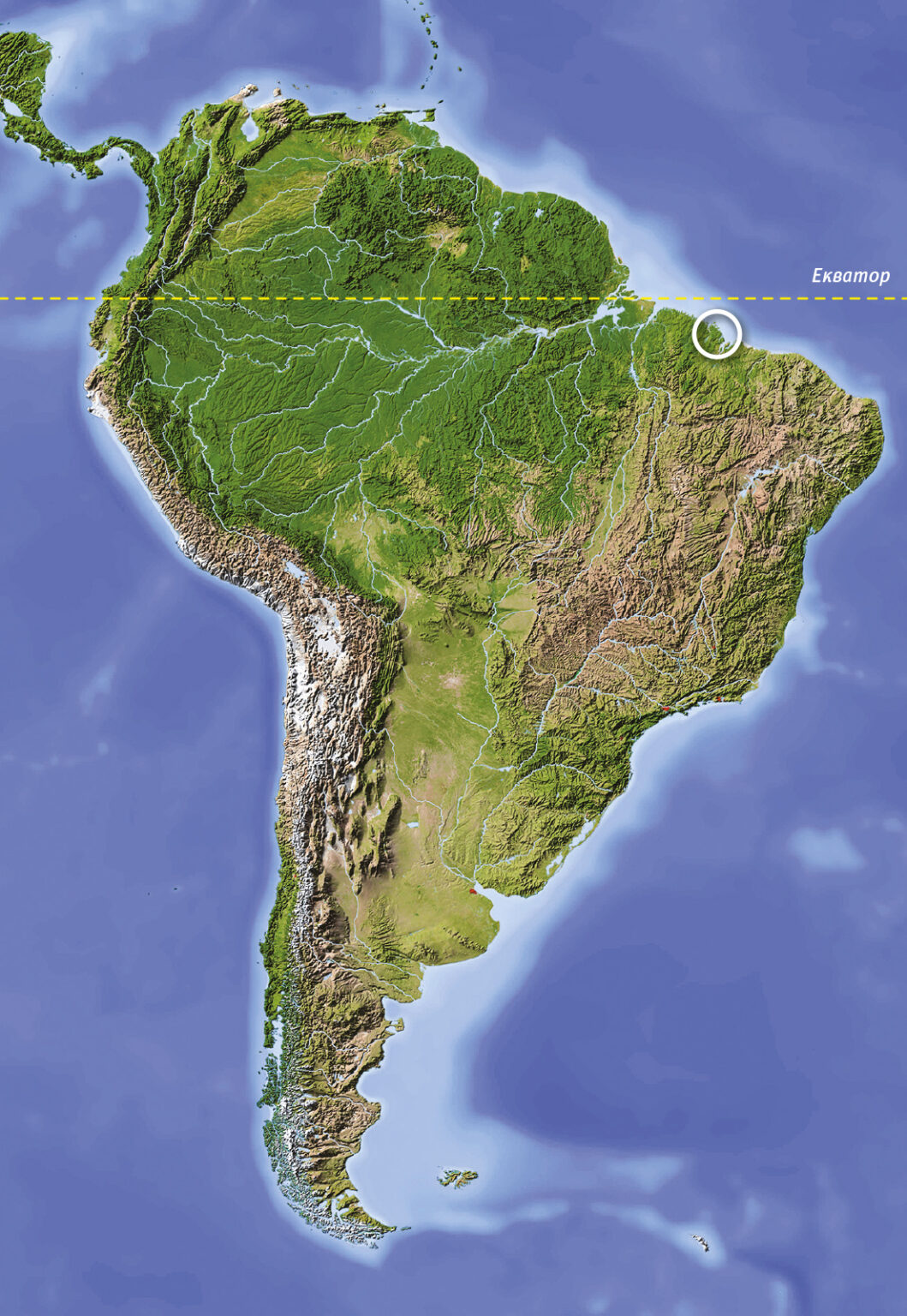
The choice fell on the Alcântara Peninsula, closer to the equator (2°18′ S) than the famous Guiana Space Centre in French Guiana. The favorable geographic location allowed rockets launched from Alcântara to save up to 30% of fuel. Among other advantages were the ability to launch rockets into all types of orbits, low population density, and a stable climate.
Construction of the Alcântara Spaceport began in 1982, and eight years later, a geophysical rocket was launched from there. The year 1993 was significant for Brazil: an American air-launched Pegasus rocket deployed the first satellite developed by local experts into orbit. The following year, the National Space Agency was established in Brazil. It seemed that Brazil was on its way to becoming a full-fledged spacefaring nation. The only thing left was to acquire its own orbital launch vehicle.
VLS Project
Back in 1984, Brazilian engineers started working on the VLS (Veículo Lançador de Satélites that is Satellite Launch Vehicle) program. It aimed to create a light rocket capable of carrying several hundred kilograms of payload into low Earth orbit (LEO). At that time, a decision was also made that determined the project’s fate. Brazil chose the easier path, using the construction of solid-fuel geophysical rockets from the Sonda family as a foundation.
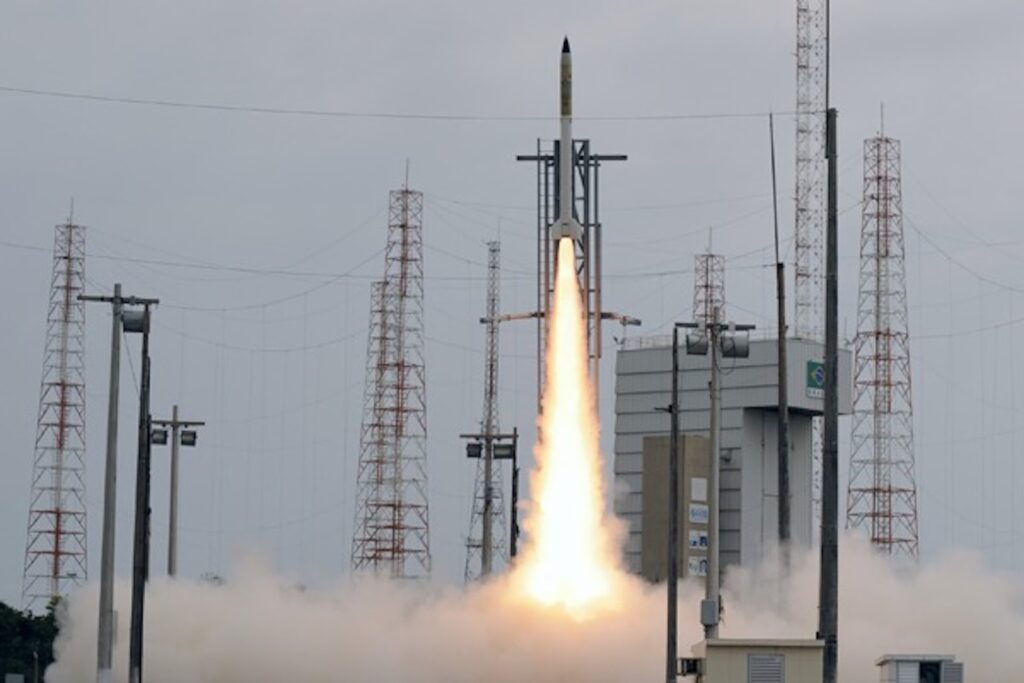
Rockets of this type are much simpler and cheaper to manufacture than liquid-fuel rockets. However, solid-fuel boosters have a significant drawback: once activated, they cannot be turned off. Therefore, in the space industry, they are usually used as side boosters.
In 1985, a suborbital launch of the first two-stage VLS prototype took place in Brazil. It ended in failure, as did the second test conducted in 1989. Nevertheless, Brazilian engineers gathered valuable data and tested some rocket components.
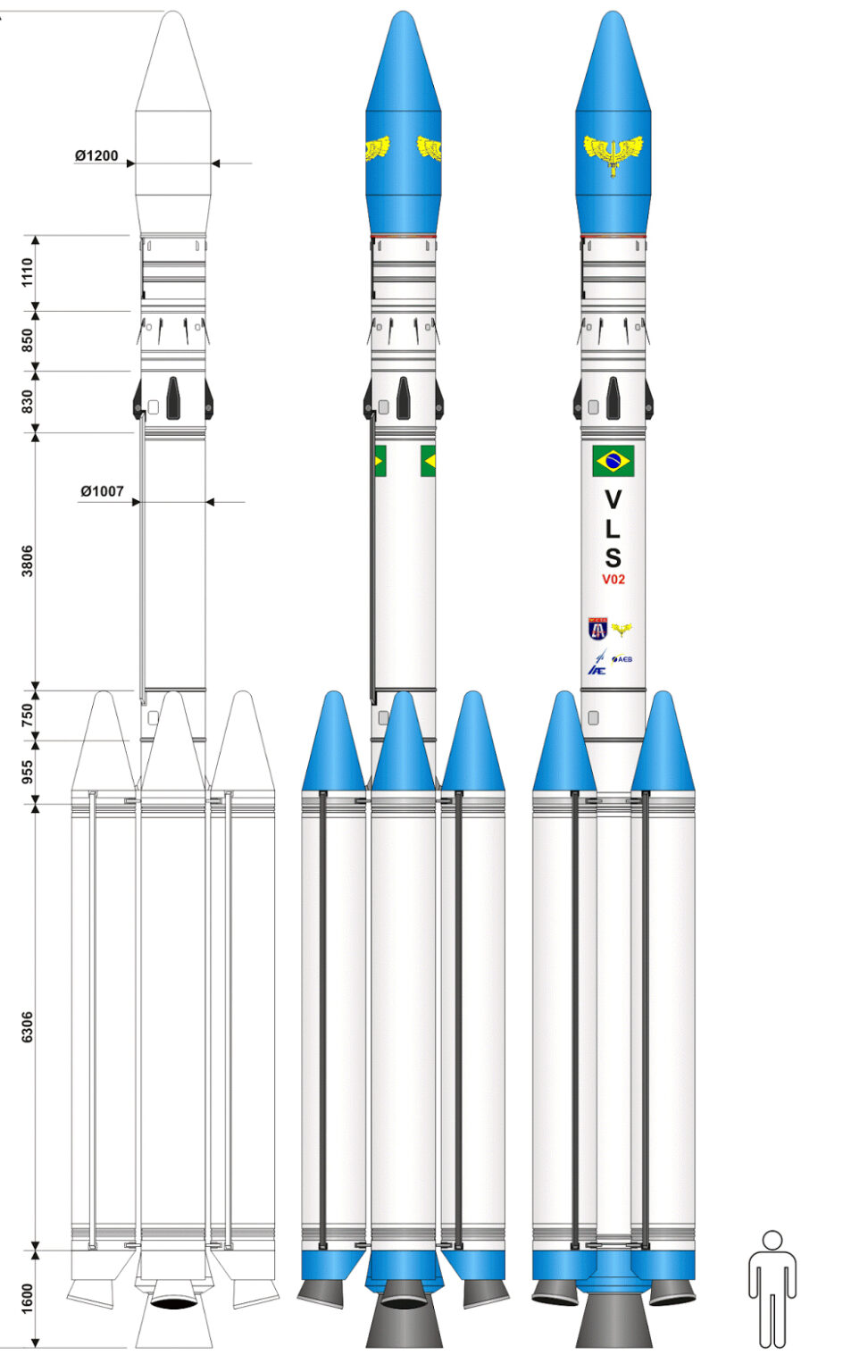
As a result of the tests, changes were made to the carrier’s design, which contributed to the creation of the VLS-1—a modification that was powerful enough to place a satellite into orbit. The rocket consisted of three solid-fuel stages and four additional solid-fuel boosters. Its length was 19.5 meters, diameter 1.01 meters, and launch mass 50.7 tons. According to preliminary calculations, it could deliver up to 380 kg of payload to LEO.
The first launch attempt took place in 1997 and ended in failure: one of the four boosters failed to ignite, resulting in the rocket’s destruction on the launch pad. Two years later, another test took place, and again, it was unsuccessful. This time, the side boosters and the first stage worked properly, but the second stage failed. As a result, the VLS-1 failed to reach the necessary velocity for orbit and had to be destroyed by command from Earth. However, this was already considered a notable success.
The second accident prompted the Brazilian Space Agency to take a prolonged pause to revise the carrier’s design. After completing all the work, a decision was made to attempt another launch. It was scheduled for August 2003.
The Disaster at Alcântara
On August 22, 2003, the Alcântara Spaceport was bustling with activity. About a hundred experts were present on the launch pad where the VLS-1 rocket was set up. In total, nearly 700 individuals were involved in preparing for the upcoming launch. This time, the Brazilian authorities were determined to achieve the long-awaited success and spared no resources or people.
Initially, everything was going according to plan. On August 20, the rocket was installed on the launch pad. There were two payloads on board: the SATEC technology demonstrator and the student microsatellite Unosat-1. After completing the installation of VLS-1, experts carried out routine checks of its components and successfully simulated the launch. Final tests remained to be conducted, after which the rocket would have been declared ready for launch on August 25.
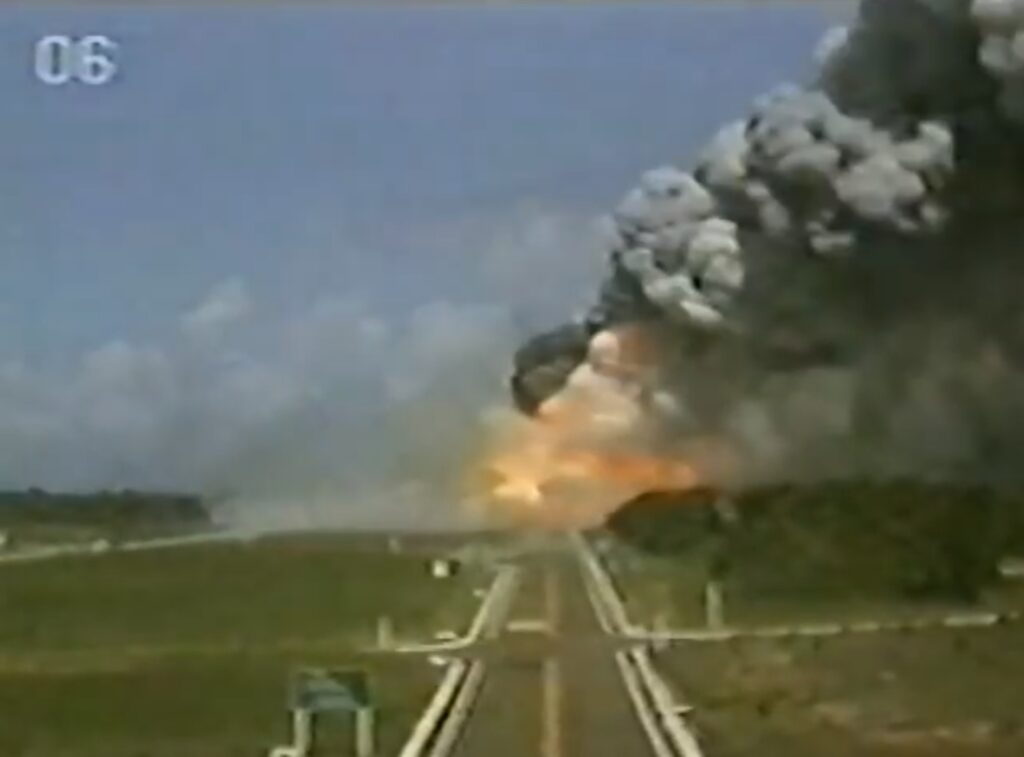
However, events took a different turn. On August 22 at 13:26 local time, for no apparent reason, one of the side boosters of VLS-1 activated. Events then unfolded rapidly. The fiery flame ignited adjacent power units, leading to the explosion of the launcher. The powerful explosion completely destroyed the ten-story launch tower, turning it into a pile of mangled metal. The fire set the jungle ablaze, and a column of smoke was visible from several kilometers away from the spaceport.
Initially, the number of casualties could not be determined. However, it was later established that 21 people lost their lives in the explosion. Several dozens more suffered injuries and burns. The explosion at Alcântara became the deadliest space-related disaster of the 21st century in terms of the number of casualties.
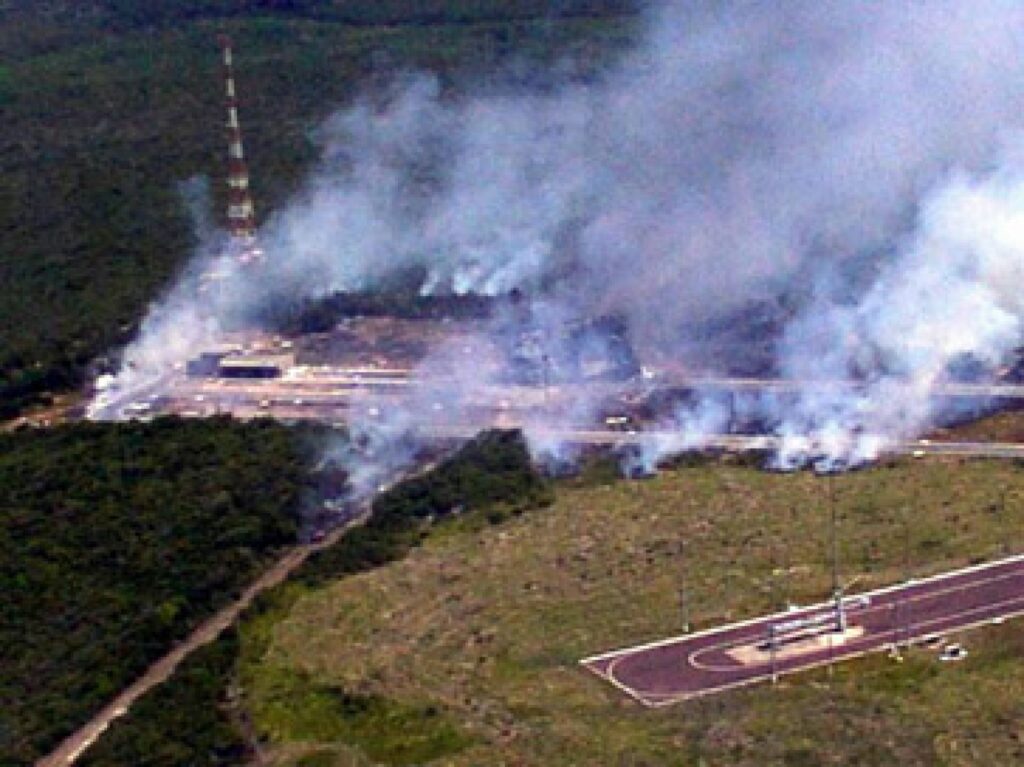
After the explosion, an investigation was initiated to determine the cause of the incident. It was known that Brazilian intelligence agencies considered a version that the explosion might have been caused by sabotage carried out by French saboteurs. Allegedly, France was greatly concerned that Alcântara could compete with the Kourou Spaceport and decided to halt the project at any cost. However, attempts to attribute the blame to “foreign involvement” did not yield any results.
Further investigation revealed that the incident was caused by an unauthorized electrical discharge into the ignition system of one of the lateral boosters. The reason for this happening remained unclear. However, one thing was certain: after the booster was activated, there was no chance of stopping the engine, and people near the launcher had no chance of survival. It’s clear that if VLS-1 were a liquid-fueled rocket, the disaster might not have occurred. In that case, all tests and trials would have been conducted with an empty vehicle, and its fueling would have taken place without any personnel present on the launch pad.
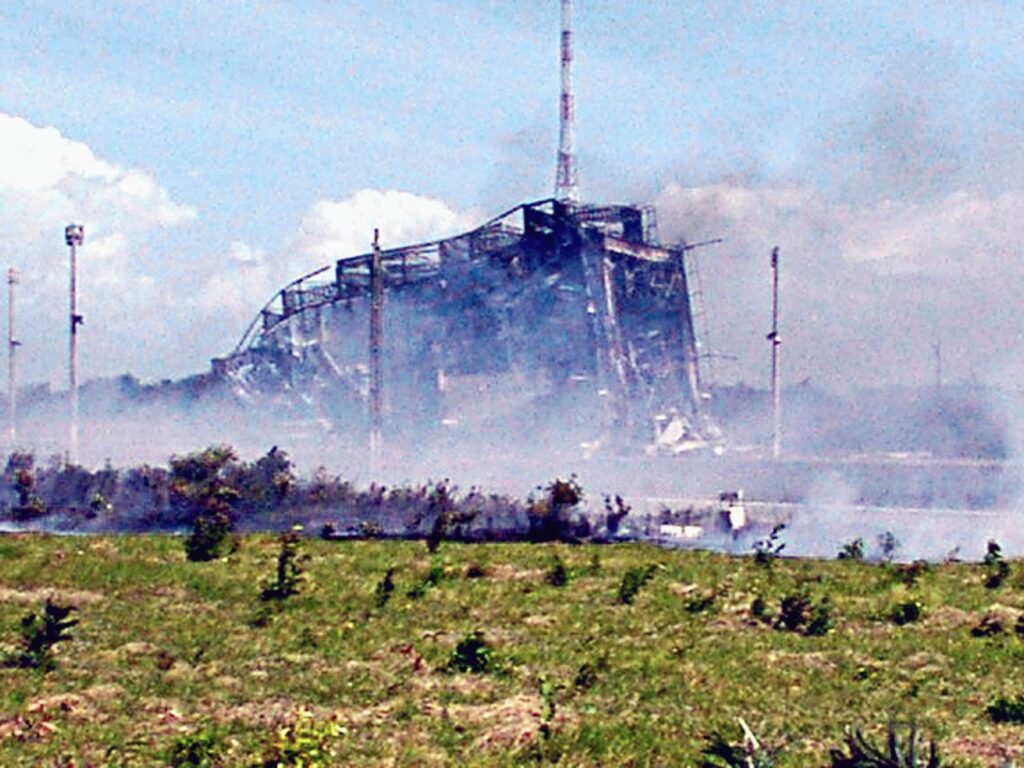
After the publication of the investigation results, the Brazilian Space Agency faced severe criticism from local media. The agency’s leadership was accused of trying to cut costs and placing their bets on solid-fuel launchers, which ultimately led to the tragedy.
However, the immediate consequences of the explosion were far more significant than the loss of reputation. Firstly, many key experts who were working on the VLS-1 project perished during the catastrophe. This dealt a severe intellectual blow to the entire space industry of the country. Secondly, the launch pad was completely destroyed. Its restoration required substantial funds, which were quite problematic to secure given the limited budget of the Brazilian Space Agency.
Decline of the Brazilian Space Program
After the explosion at Alcântara, engineers continued working on VLS-1, but they were operating more out of inertia without any significant results. It can be assumed that the participants of the program understood quite well that the launcher had no future. Eventually, the VLS-1 project was definitively closed. However, matters did not stop there. In fact, the catastrophe became the trigger for a series of events that led to a significant setback in the Brazilian space program, the consequences of which it still struggles to overcome.
In 2006, Brazil achieved its last significant space milestone: experienced pilot Marcus Pontes spent a week on the ISS (International Space Station) and then returned to Earth. To this day, he remains the only citizen of his country to have visited orbit.
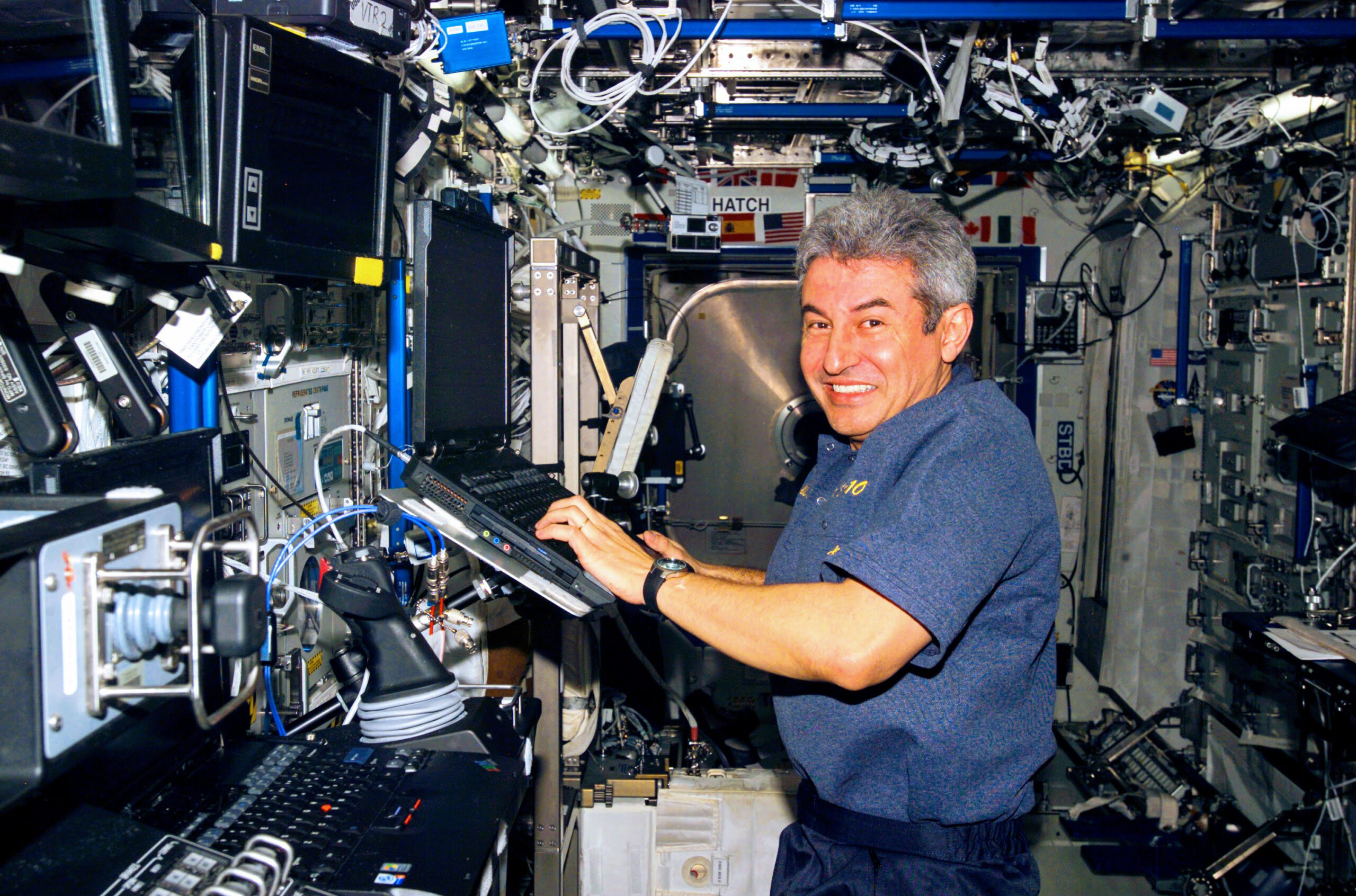
However, this success did not serve as a catalyst for the development of the national space program; rather, it became its swan song. The following year, Brazil withdrew from the ISS program. The reason was the inability of the national industry to fulfill the country’s commitments and create the EXPRESS platform intended for cargo placement on the orbital station.
Efforts of international cooperation in the space sphere proved futile as well. The Brazilian government hoped to capitalize on the advantageous location of the Alcântara Spaceport and organize rocket launches by other nations from its territory. The most notable attempt in this regard was the agreement with Ukraine, which entailed creating a new light Cyclone-4 launcher and constructing a launch complex for it at the spaceport.
According to the agreement, the first launch of Cyclone-4 from Alcântara was planned for 2006. However, this date was repeatedly postponed due to technical issues and lack of necessary funding. Ultimately, Brazil withdrew from the project in 2015. Besides financial reasons, the decision was influenced by technological aspects, the state of bilateral relations between Brazil and Ukraine, and the uncertainty of export prospects. According to the statement of the leadership of the Yuzhnoye Design Office in Ukraine, at the time of program closure, the rocket’s readiness level stood at 90 percent.
No success was achieved with the ambitious project named Southern Cross either. Within its framework, Brazil intended to get the support from Roscosmos developing a new family of launch vehicles that could be launched from Alcântara. However, the Brazilian government cancelled this program as well.
The continuous failures inevitably took a toll on the Brazilian Space Agency. After the VLS-1 catastrophe, its budget was consistently reduced: it was $210 million in 2010, dwindled to $70 million in 2015, and further decreased to $45 million in 2019. Understandably, such modest funding was insufficient to aspire to the status of a space-faring nation.
To be fair we should be mentioned that in recent years, there have been several attempts to revive the country’s space program. In 2018, an agreement was reached with German experts. It involves creating a three-stage rocket, VLM (essentially a simplified version of VLS-1 without side boosters), capable of placing payloads of up to 150 kg into low Earth orbit. The Brazilian Space Agency optimistically announced that it plans to conduct the first launch of the new launcher in 2023. However, given a series of similar promises made over the past two decades, this is met with skepticism.
Significant hopes are also placed on the agreement reached with the United States in 2019, which allows American companies to carry out commercial launches from Alcântara. The Brazilian leadership is hopeful of attracting substantial foreign investments to the country. However, the question of how appealing such an offer would be to private companies remains open.
Only time will tell whether the expectations of the Brazilian government will come true or whether Alcântara will remain a “cursed spaceport.”

